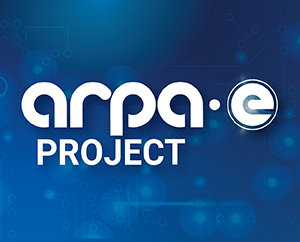Renewable low-Z wall for fusion reactors with built-in tritium recovery

Technology Description:
The University of California, San Diego, will investigate the potential of using a continuously renewable wall to protect the first walls of fusion reactors from large plasma heat loads and sputtering (where solid material ejects microscopic particles after its bombardment by plasma or gas particles), while also allowing tritium recovery. The project team seeks to develop a low-atomic-number renewable wall for fusion devices that contains a slurry composed of carbon pebbles, ceramics, and a volatile binder. The slurry will be continuously pumped and extruded through first-wall openings, where it dries partially into a pebble conglomerate upon exposure to the hot first wall. Plasma exposure then thermally shocks the pebble conglomerate, breaking it into its constituent components. Gravity drives the conglomerate down the vessel walls, carrying heat and byproducts such as tritium. This concept allows large heat flow handling and recovery away from the plasma and wall surface. By continually feeding in new wall material, resilience against first wall erosion is achieved. Tritium recovery is achieved by outgassing the recovered carbon pebbles. This project will optimize the required slurry composition and characterize its thermo-mechanical properties experimentally using reactor-relevant heat fluxes. Additionally, preliminary investigation of reactor-relevant neutron fluxes will be performed with advanced finite-element modeling techniques.
Potential Impact:
Successful development of fusion energy science and technology could lead to a safe, carbon-free, abundant energy source for developed and emerging economies.
Security:
The GAMOW program will advance American leadership in fusion energy science and technology.
Environment:
If successfully developed and commercialized, fusion energy can provide abundant, zero-carbon energy.
Economy:
Advances in GAMOW’s technical areas will help accelerate progress toward commercial fusion energy and a new zero-carbon energy economy.
Contact
ARPA-E Program Director:
Dr. Ahmed Diallo
Project Contact:
Dr. Eric Hollmann
Press and General Inquiries Email:
ARPA-E-Comms@hq.doe.gov
Project Contact Email:
ehollmann@ucsd.edu
Partners
Idaho National Laboratory
Related Projects
Release Date:
02/13/2020
